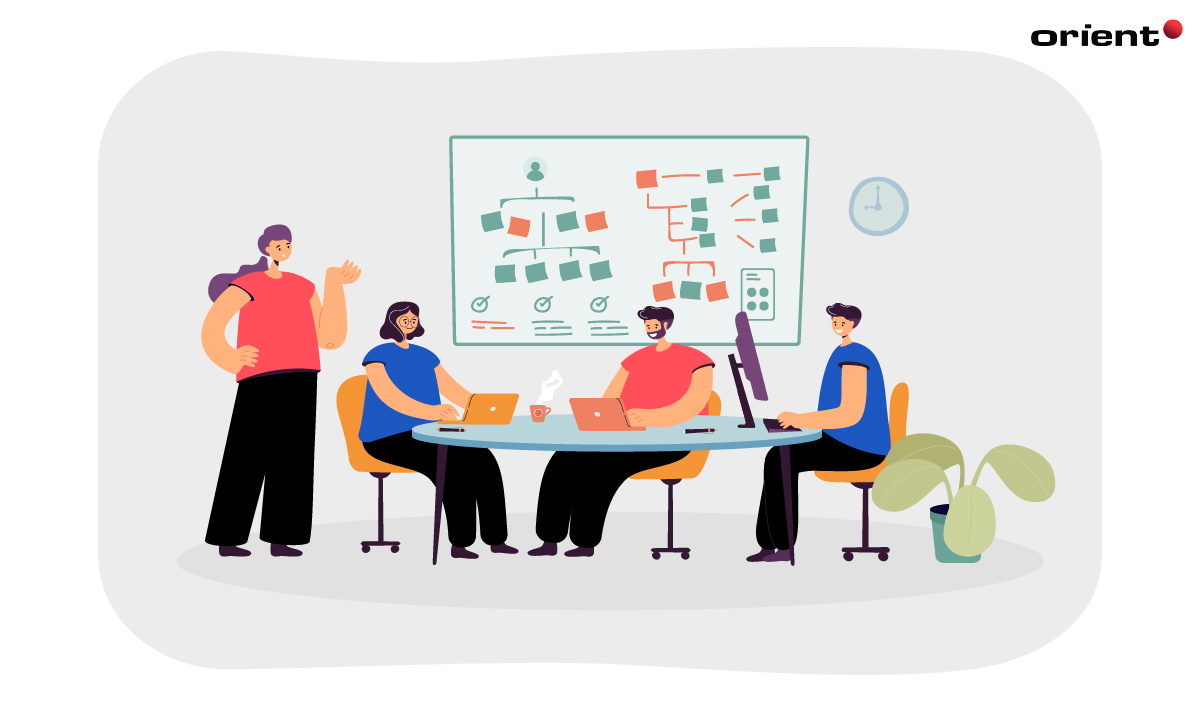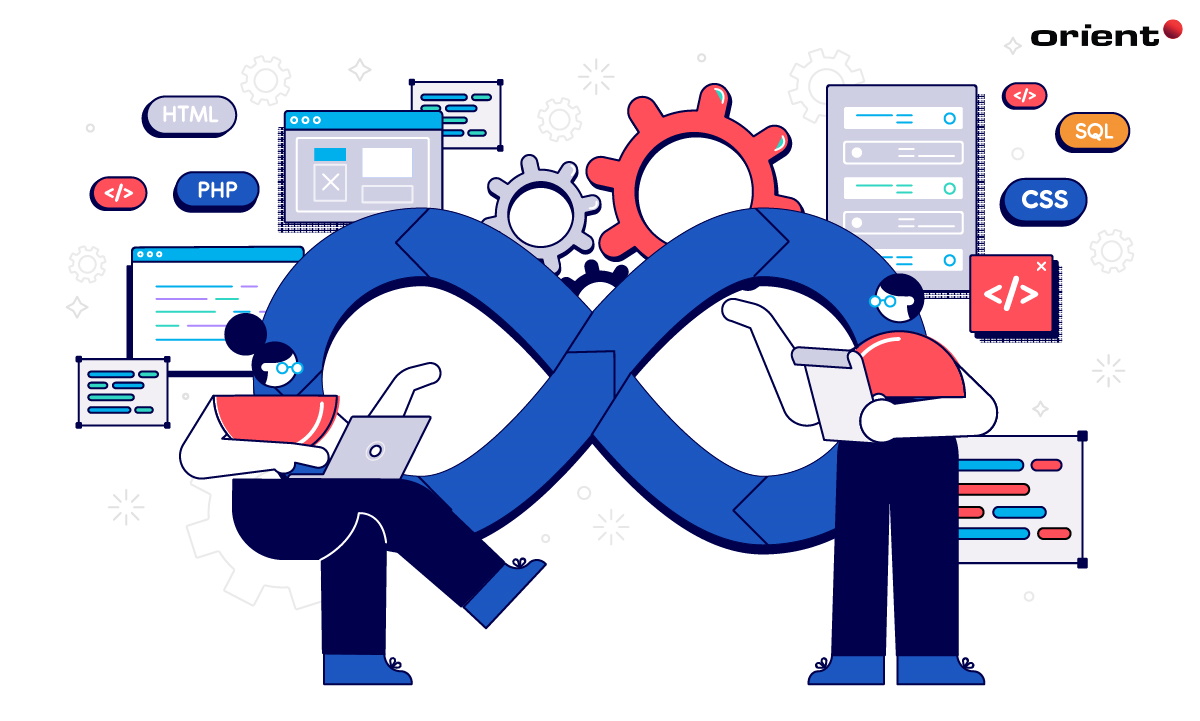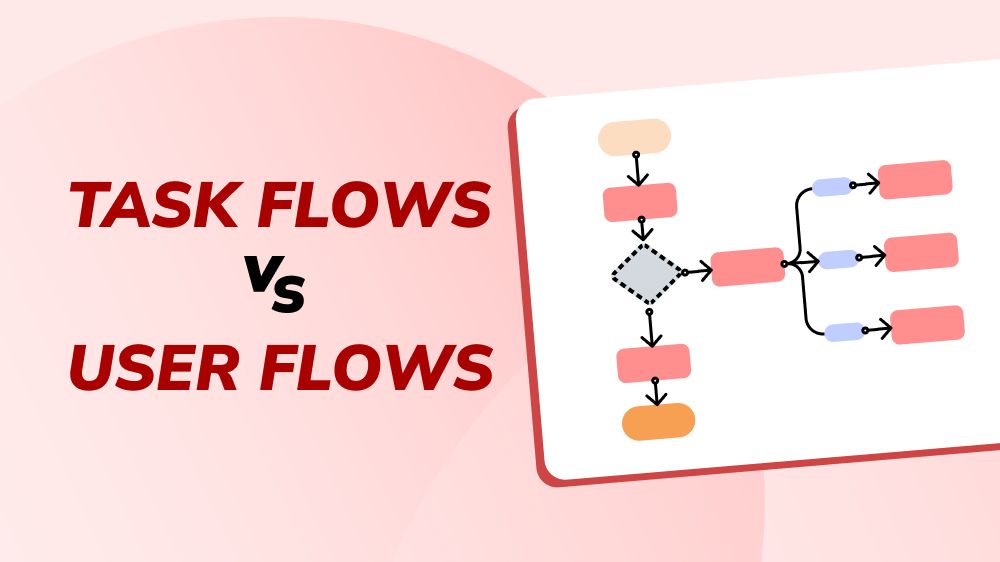Key Roles and Responsibilities of the Software Development Team

Content Map
More chaptersDue to the information of some studies, 81% of project managers say that their team is going nowhere near its full potential. This issue can be traced back to many different problems. In particular, the failure to apply the correct software development methodology and software development team structure is a vast cause of inefficient business operations. To achieve business goals faster and overcome challenges in managing a development team, the project manager must pay close attention to each position’s essential roles and responsibilities. So, what is the software development team structure, and what are its important positions? Let’s discover all by reading this article below.
What is a Software Development Team?
A software development team is a team in which a collaborative team of software developers works together in the process of building products. Every team member in the team structure plays an essential part in getting the project done. Such a team typically comprises software developers, testers, designers, business analysts, etc. Structured and efficient work at an individual level is all factors that optimize the overall effectiveness of the software project development team.
Every software development project is a complex process that involves more than just writing code. Therefore, to ensure the quality of work output and better manage team members, the project manager needs to consider building the development team according to the appropriate software development methodology. There are two main types of software development team structures to consider: traditional and agile teams.
Traditional team: Traditional software development teams (also called waterfall teams) are typically structured hierarchically, with one team lead or more responsible for setting up the business goals and managing the software development team. The team members are usually divided into groups specializing in different aspects of the building software progress, such as database design, UI/UX design, coding, testing, and integration. Each team member is then assigned specific tasks related to their specialty. Additionally, these kinds of team structures may include testers responsible for ensuring that all code meets standards and requirements before releasing the product.
Agile team: Agile software development teams typically consist of a small, cross-functional group of team members in charge of different aspects of the software product project. Instead of a traditional hierarchical structure, an agile team structure usually employs a flat system and relies on self-organization in building software. This allows for more flexibility regarding contribution to the project’s success per team member. Additionally, the team may also include a scrum master or a project manager who is responsible for setting tasks and managing the team’s progress.
Traditional Structure vs. Agile Structure – Which One to Choose?

Every software development team structure has advantages suitable for each time and development process of the company. Many popular software development methodologies exist, with traditional and agile methodologies being the two most well-known. The project manager should carefully consider his needs and the type of project scope he is undertaking before deciding between traditional or agile teams.
A traditional software development team may be the best option if a software engineering project requires a lot of planning and structure. However, an agile software development team may be a better fit if the development process is more complex or needs to be adapted quickly due to customer feedback. Businesses must weigh their options and decide which approach is most suitable for their project.
Below is a closer look at the differences between the technical aspects of software development team structure that you might consider.
Flexibility
Traditional team: The operating mechanism of a typical software development team is based on planning and prediction. After determining factors such as project requirements and objectives, the client will not be allowed to interfere further in the implementation process. The team members’ workflow for this format will then closely follow the original business goals and timeline. So, a traditional methodology has no room for flexibility and adaptability because development teams are forced to complete the previous phase and then move on to the next one based on the defined timeline.
Agile team: Agile software development team allows for the adaptability of their plans as needed due to customer feedback or changes in direction. The project manager can completely adjust the original plan with better alternative methods for the customer or project at a specific time. Customers in the agile methodology can be deeply involved in the execution and provide feedback in parallel throughout the life of the project. Dividing the project into parallel sprints allows everyone in the team to change the approach and implementation of the project without too much impact on the overall implementation process and the work results.
Communication
Traditional team: Traditional project management requires communication, but the agile methodology is less frequent and intensive than it is; typically, updates are provided at pre-defined intervals or after milestones have been met. This methodology uses more written documentation and formal communication to transmit information about the project’s progress and requirements. In addition, traditional projects tend to focus on the exchange of information rather than working collaboratively.
Agile team: Agile software development team structure emphasizes communication and collaboration between all stakeholders. This includes customers, the scrum master, the dev team, and other team members. Communication is ongoing throughout the development process, with regular meetings to check the team’s progress and discuss any addressable issues or customer feedback. In short, an agile team is all about a more cohesive and efficient team and open process.
Role Functionality
Traditional team: Traditional software development team structure is typically divided into functional roles, such as design, development, and testing. Each team member takes on a specific function and is responsible for completing tasks related to that role. This allows for a clear division of responsibilities and gives each team member an area of expertise they can focus on. However, the traditional methodology may need help to adapt quickly to changing conditions or take ownership of certain aspects of the project due to the appropriate roles and responsibilities that have been assigned to them.
Agile team: Agile team structure is typically cross-functional. This means that team members collaborate on multiple aspects of the development lifecycle and have ownership of different tasks. Because of this, agile teams can adapt quickly to changing conditions and make decisions on the spot. Additionally, since each team member has a diverse set of skills and experience, they can provide constructive feedback to each other to ensure high-quality results.
Organization Structure
Traditional team: Typical software development team structure has a hierarchical structure. Roles and responsibilities are clearly defined among team members, allowing software engineers and other development team members to follow a set action plan. Team members in this type of structure focus more on individual performance than collaboration. They are slower to make changes due to urgent business requirements or respond to unexpected changing conditions. This waterfall structure only allows a more controlled outcome, as the scrum master can make decisions and solve problems on behalf of a whole team.
Agile team: Roles and responsibilities of each team member in an agile software development team need to be more clearly defined and flexible than in a traditional software team. At the same time, it emphasizes a self-managed team business strategy. Team members have autonomy and are responsible for their work. By focusing on collaboration rather than individual performance, this structure allows them to adapt quickly to project requirements changes.
Roles and Responsibility of Key Positions in a Software Development Team

No matter what methodology the development team structure is applied in, a development team will have irreplaceable fundamental positions in the process of building software. Here are the roles and responsibilities to fill during the hiring process for the team.
Project Manager
Project managers are vitally important in software development team structure. The role of the project manager in a development team is to provide critical guidance, coordinate activities, and manage the software project. The team lead is also responsible for setting deadlines and ensuring tasks are completed on time and within budget according to the business strategy.
In addition, the project manager ensures all team members understand their responsibilities and work collaboratively to achieve the desired results without disrupting the company culture. Other soft skills, such as communication skills, negotiation skills, teamwork skills, etc., are also the soft skills needed by a scrum master to run a successful software development team.
Business Analyst
A software development team structure needs a business analyst to accurately define the project’s business requirements to achieve a successful outcome. The business analyst bridges the gap between technology and business on the project. By thoroughly analyzing the current processes, the business analyst helps all employees create detailed specifications for software developers that outline the functional project scope. This ensures that everyone involved in the development process is on the same page and understands how the new software product is expected to operate. Additionally, the business analyst may provide insight into cost analysis and risk management.
UI/UX Designer
UI/UX designers play essential roles and responsibilities in a software development team structure, especially for complex projects important to web development, user interface, and user experience. A UI/UX designer is responsible for creating a product’s user interface (UI) and user experience (UX). This involves designing the overall look and feel of the software product and demonstrating that it is intuitive and easy to use. The designer will start by creating wireframes and prototypes that show how the software should operate, then test those prototypes with users to get feedback on usability. Based on this feedback, they may make changes and adjust their designs to create an optimal user interface and user experience. Besides, they must ensure that all design elements meet or exceed web development standards on accessibility and usability.
Technical Lead
Project management software is more than a complex process. That is why besides a dev team, your software development team structure should have a technical lead. Technical leaders are usually senior engineers with a lot of practical experience in the information technology industry, which has a variety of languages and programming skills.
A tech lead is essential for any software development team structure to ensure software projects’ timely completion. They will oversee the entire software development process, from initial planning and design to developing and testing technical aspects of the system. This includes ensuring that programming standards are met, and conflicts between different team members are resolved quickly. The tech lead will also provide guidance and mentorship to other software engineers on their entire team, helping identify problems and develop creative solutions. They must also stay up-to-date on new technologies and enhance their knowledge of a particular technology in order to ensure that the software developer is using the most efficient tools available.
Software Tester
Testing contributes to the software product’s perfection. This proves that hiring software testers during the development process is important. By thoroughly testing the software development system, it’s this position’s business to make sure that all of the requirements are met and free of any bugs or errors. The tester will create a series of tests to detect potential issues in the integrated development environment, such as demonstrating that features work correctly and have no security vulnerabilities. Moreover, they also provide feedback on design issues and usability improvements to help improve user experience.
Quality Assurance
Similar to software testers, quality assurances are people whose roles and responsibilities belong to software product quality assurance. However, quality assurance has a broader mandate when it comes to focusing on the whole process of the software development process. Mainly, quality assurance teams focus on providing that the system meets all of the requirements specified by the client and provides feedback on design issues to help improve user experience.
Developing software development is easier than you think. However, it requires the project manager to research and invest in hiring key personnel to meet the fundamental needs of the business. If you need help finding the answer to whether to build a software development team in the form of waterfall or agile, Orient is ready to help you in the development process. Feel free to contact us to get a response as soon as possible.







